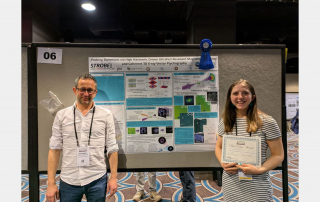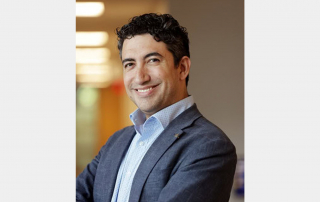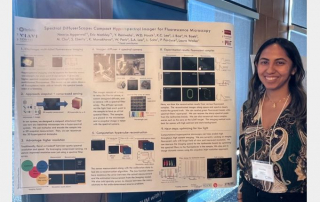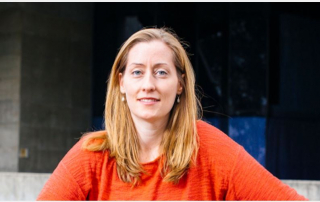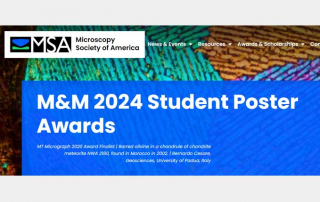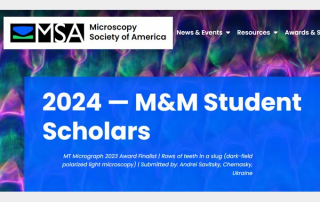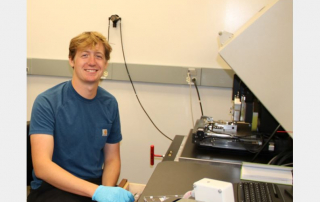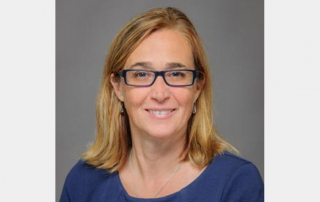Congratulations to Iona Binnie for Receiving Best Poster Award at the MMM-Intermag Conference 2025
Graduate Student Iona Binnie has received the Best Poster Award for her poster titled “Enhanced High Harmonic Generation Beamline for Ultrafast Resonant Magnetic Scattering” at the 2025 Joint MMM-Intermag Conference in New Orleans. Congratulations, Iona!
